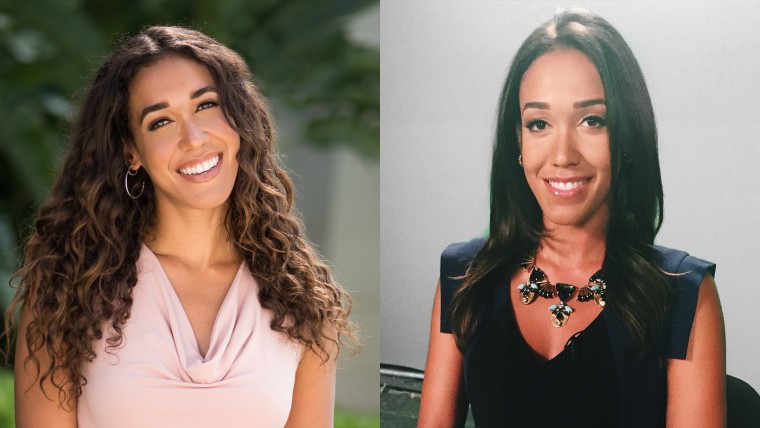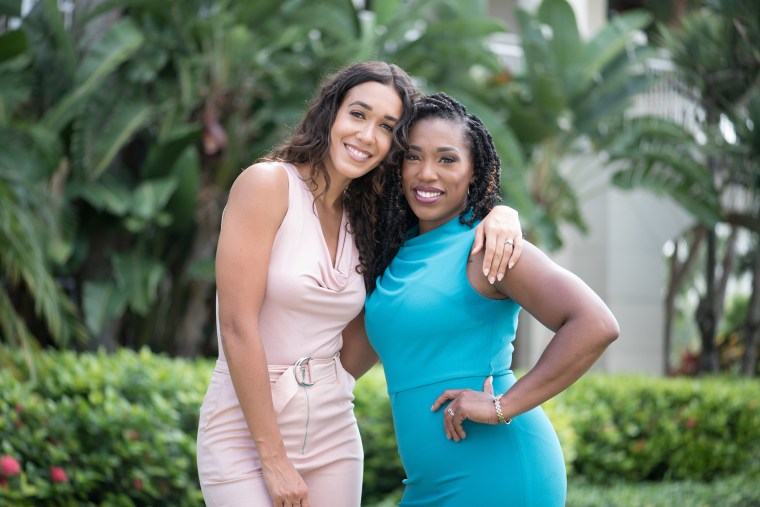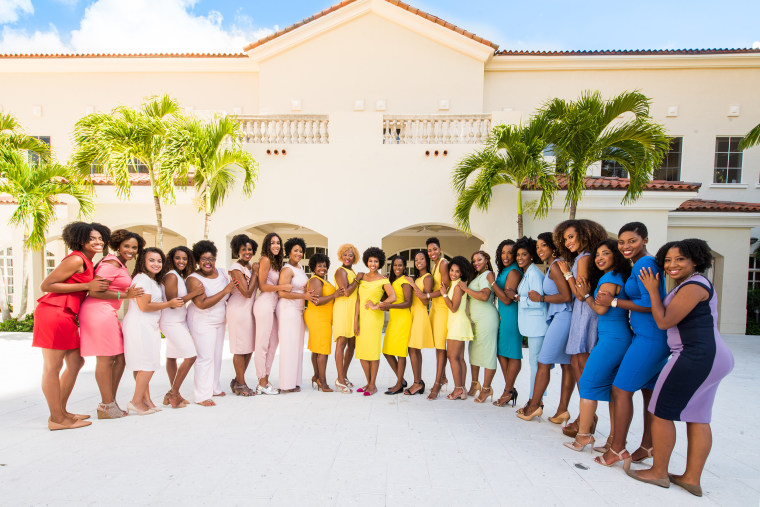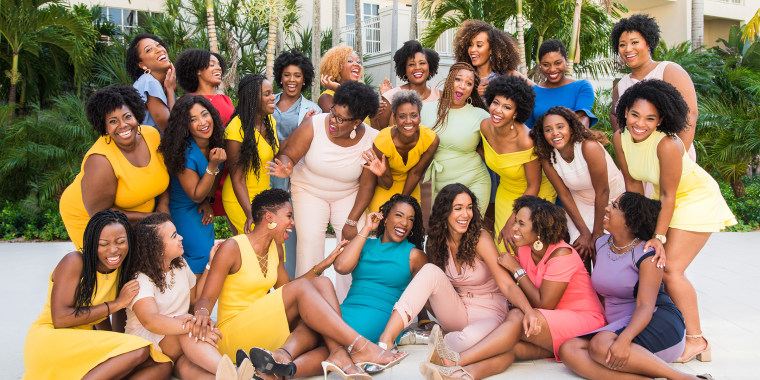I’m used to everyone having an opinion about my appearance. TV executives, viewers and colleagues all think they know which version of me looks best. I signed up for this scrutiny when I became an on-air journalist nearly a decade ago. And as much as I’ve learned to anticipate the superficial critiques, they can be hard to shake.
"I like your hair better this way," my former news director confessed. My naturally curly hair was pin straight at the time, presenting the prime opportunity for him to expose his own bias. To his credit, he didn’t try to hide his fondness for straight hair when I accepted the job at his station in Los Angeles. I reluctantly agreed to his conditions. I would wake up at 1 a.m., flat iron my hair and transform into the archetype I thought he wanted me to be. It was the price I had to pay to fill out my resume — or so I thought.

Eventually, this defeating routine caught up with me. My tattered, split ends were completely destroyed, and so was my sense of self. Here I was, one of the few women of color on a top LA morning show, erasing a huge part of my biracial identity only to engage with an audience that was mostly minorities. It was all backward.
Trust me: I would love for everyone to focus on my work and what I have to say instead of how I look. But if appearance must be a factor, shouldn't news personalities reflect the backgrounds, complexions and textures of the audience?
I stopped straightening my hair at that job and noticed a shift. My curls were thriving, but I was no longer getting as many freelance opportunities as I had before. Was I being punished for going natural? My theory was all but validated when that same news director and another male manager pulled me aside at the National Association of Black Journalists (NABJ) conference, of all places, to suggest I revisit my straight hair.
My experience is not unique. Curly hair and protective styles (aka twists, braids, cornrows, etc.) have long been dismissed as unpolished or unworthy in professional settings. And Eurocentric beauty standards are only magnified through the unforgiving lens of the news industry.
Close your eyes and think of a quintessential female news anchor. What do you see? Is it silky straight, shoulder-length hair? That is a completely unnatural and unrealistic expectation for many black women and women of other ethnicities, too. It places an unfair burden on so many talented journalists who feel pressure to spring for expensive wigs and chemical treatments just to keep a job.
“Some news directors don’t understand; natural hair cannot be tamed. We have different textures and lengths," shared Nia Harden, WRAL NBC in Raleigh, North Carolina.

Luckily, some other broadcast journalists have had more positive responses to their natural texture.
"My news director was supportive from the very beginning and allowed me to wear my natural hair with one caveat: He wanted me to commit to it and not waver between styles," said Tiffany Tarpley, WKYC NBC in Cleveland.
Ashley Graham, WLNS CBS in Lansing, Michigan, had a similar experience.
"My bosses and coworkers have been nothing but supportive," she said. "I've even gotten a handwritten letter in the mail from a viewer who says I inspired her to wear her natural texture. I've gotten messages from college students and other reporters saying my journey has inspired them.”
Whether they were encouraged or discouraged from embracing their texture, the act of wearing natural hair on-air takes a certain level of bravery.
"At the end of the day, it's their problem if they keep finding distractions and you can only be authentic in your being and be a great professional,” said Eunice Elliott, WVTM in Birmingham, Alabama.
I wanted to find a way to shine a spotlight on these pioneering journalists who are redefining what on-air beauty looks like. At the NABJ conference this year, I asked 25 storytellers to join me and stand side by side, proudly celebrating our coils, braids and locs.
Many of us have experienced discrimination or hateful messages for simply embracing the texture we were born with. But now, we won’t apologize for loving our hair and we will not ask for permission to live and work authentically. It’s hard to describe the joy we felt in being all together for the first time, and we know there are more of us out there.

Thankfully, our society is evolving. California and New York are taking a stand against race-based hair discrimination. TV executives and audience members are becoming more accepting of different hairstyles with each passing day. But any widespread progress is only made possible by a bold few who risk it all to challenge these beauty standards.
“Women come up to me and cry because they said they never thought they’d see the day a black woman would be on the news switching up her hairstyles just as they in real life do," said Leah Uko, KTTV Fox 11 in Los Angeles.
"I want little girls to turn on the TV and love the hair they have instead of the hair society tells them to have. I love when viewers refer to me as the 'girl with the curly hair.' They may not know my name, but they know I stand out from the rest,” Harden said.
I proudly and consistently wear my natural hair now, and I’m lucky to report for a national outlet like NBC News that has welcomed my curls from Day One. Every time I’m on-air, I delight in knowing that I may have encouraged a little brown girl who's watching to dream bigger dreams. Maybe I’ve caused a news director to think twice before sidelining a journalist, just because she stands out. And, hopefully, I’ve empowered one more reporter to debut her most authentic self, kinks and all.

